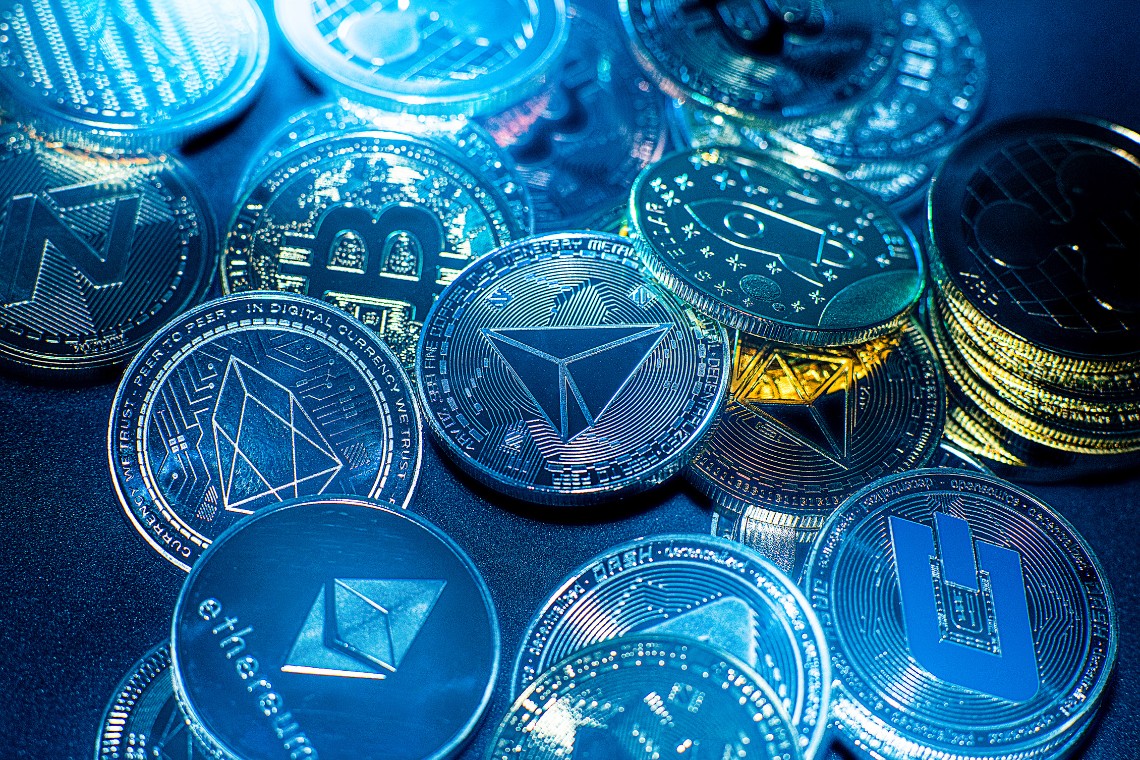Two of the most celebrated decentralized exchanges in the world are Uniswap and SushiSwap, but there are some important differences.
First, it is worth mentioning that SushiSwap was launched in August 2020 precisely as a direct competitor to Uniswap.
At first it actually seemed to be able to overtake its rival, but already the next month Uniswap reacted so as to take back its dominance among DEXs.
Later another DEX also tried to undermine Uniswap, namely PancakeSwap, but this second attempt also failed.
However, while PancakeSwap remained one of the leading DEXs around, SushiSwap over time lost a lot of ground to its two rivals.
Summary
The fall of SushiSwap: Uniswap gains absolute dominance
When SushiSwap was launched, with the clear goal of competing directly with Uniswap, it managed for a few days to overtake its rival for TVL.
In fact in a very few days it went from zero to $1.5 billion, while Uniswap in the same period was still under $1 billion.
But within a couple of weeks Uniswap’s TVL rose to nearly 2 billion, while SushiSwap’s dropped below 800 million.
Although it fell again in the following months, all the way below 300 million, with the start of the last big bull run it sputtered to over $8 billion in November 2021.
However, 2022 was a year of particular pain for SushiSwap, with the TVL plunging for a brief moment even below $400 billion. This was still well above the pre-bubble low, but it is very little compared to Uniswap’s 2022 low, which was still over $3 billion.
Trading volumes have also plummeted.
On SushiSwap volumes currently stand at around $45 million, while on Uniswap overall they are over $2 billion.
So SushiSwap’s attack on Uniswap has resoundingly failed, with Uniswap remaining the undisputed leader among DEXs.
It is enough to consider that by daily trading volumes SushiSwap on Arbitrum slipped to 22nd among DEXs, surpassed even by Trader Joe V2 on Avalanche. If declared volumes are taken into account instead, SushiSwap would exceed $370 million.
Uniswap’s triumph over SushiSwap
That of Uniswap among DEXs now seems to be a real triumph, not least because it has no rivals that can really compete with it on an ongoing basis.
For example right now only dYdX among DEXs has similar trading volumes, but with a TVL of only 344 million, compared to Uniswap’s 3.8 billion.
The other two rivals, but far behind, are Curve and PancakeSwap, with at this time only Kine slightly outpacing them in volume.
However, at this moment Curve, while having trading volumes less than a tenth of those of Uniswap, has a higher TVL, albeit not by much.
Putting all the data together, there clearly emerges a true dominance of Uniswap in the decentralized exchange sector.
Arbitrum
One thing that Uniswap and SushiSwap have in common is the success of their versions on Arbitrum, one of the main layer 2s for Ethereum.
Then again, the cost of fees on on-chain exchanges operating on Ethereum is significant, so it is more than logical that many prefer Arbitrum.
As for Uniswap, the trading volumes of the version on Arbitrum are only slightly lower than those on Ethereum, while for SushiSwap they are significantly higher.
This last figure, however, bodes well for the future of SushiSwap, because the Layer-2 solutions for Ethereum really seem to be the future for DEXs.
UNI vs SUSHI
By comparing the market prices of the respective governance tokens, which are UNI for Uniswap and SUSHI for SushiSwap, we find more similarities.
UNI was launched precisely in September 2020, in reaction to the launch of SushiSwap.
Its initial price was about $5, then dropped very quickly below $2.
Before the start of the last major bull run it had risen to about $3.5, then spiked to nearly $45 in May 2021.
During 2022 it plunged to $3.6, effectively undoing all the gains of 2021, but then recovered somewhat. The current price of about $6 is higher than the launch price, but $86 lower than the peak price.
SUSHI, on the other hand, was launched in August 2020 at a price of about $3, but in the following days it skyrocketed to over $7. Then again, in those last days of August 2020 it looked like it could really challenge Uniswap.
Over the following months, it plummeted as low as $0.5 and then settled below $3 before the start of the last major bull run.
In 2021 it sprang up to $23, just over half of UNI, and during 2022 it again returned below $1.
It has not particularly recovered since then, because its current price of $1.05 is not much higher than the $0.92 it was at the beginning of the year. What’s more, it is 95% below its 2021 all-time high, so it is not doing particularly well.
Not only did SushiSwap lose the war against Uniswap, it even ended up in danger of imploding. It probably survived precisely because it landed on Arbitrum, since for DEXs on Ethereum, Layer 2s are a solution without which they would struggle to emerge.




